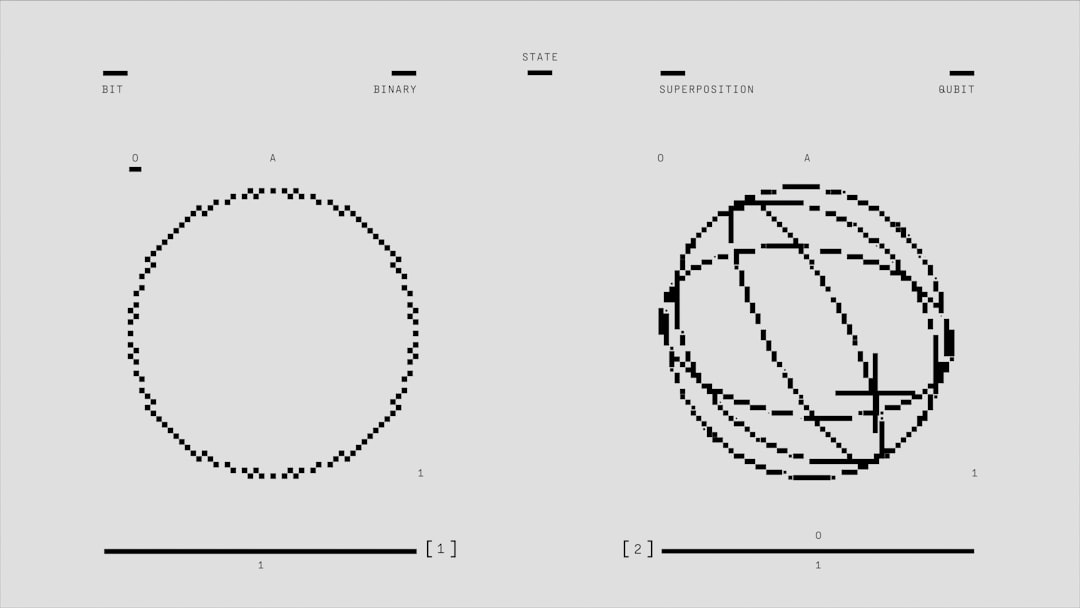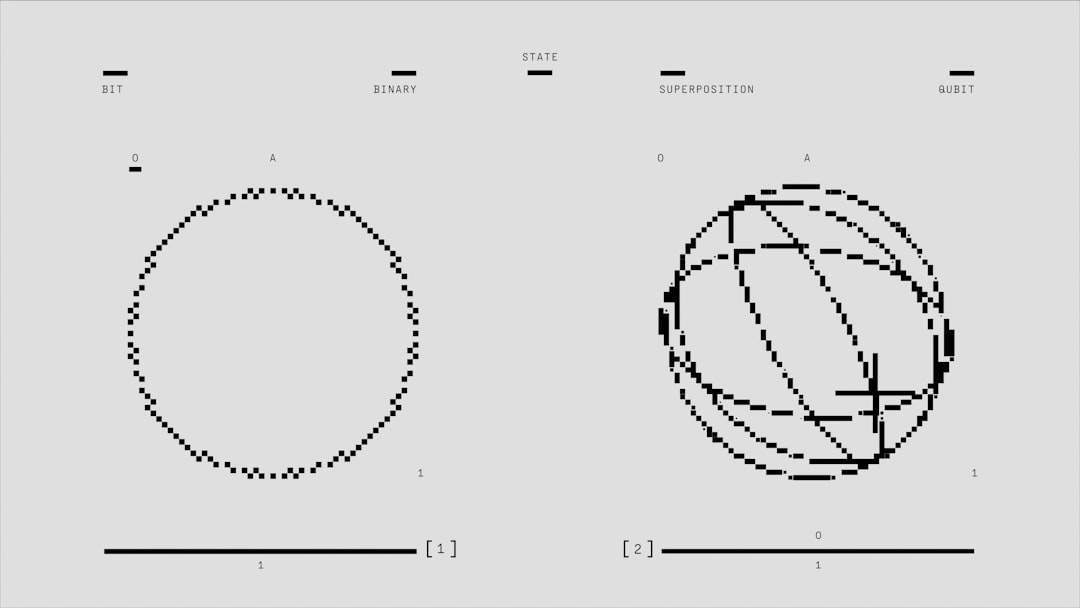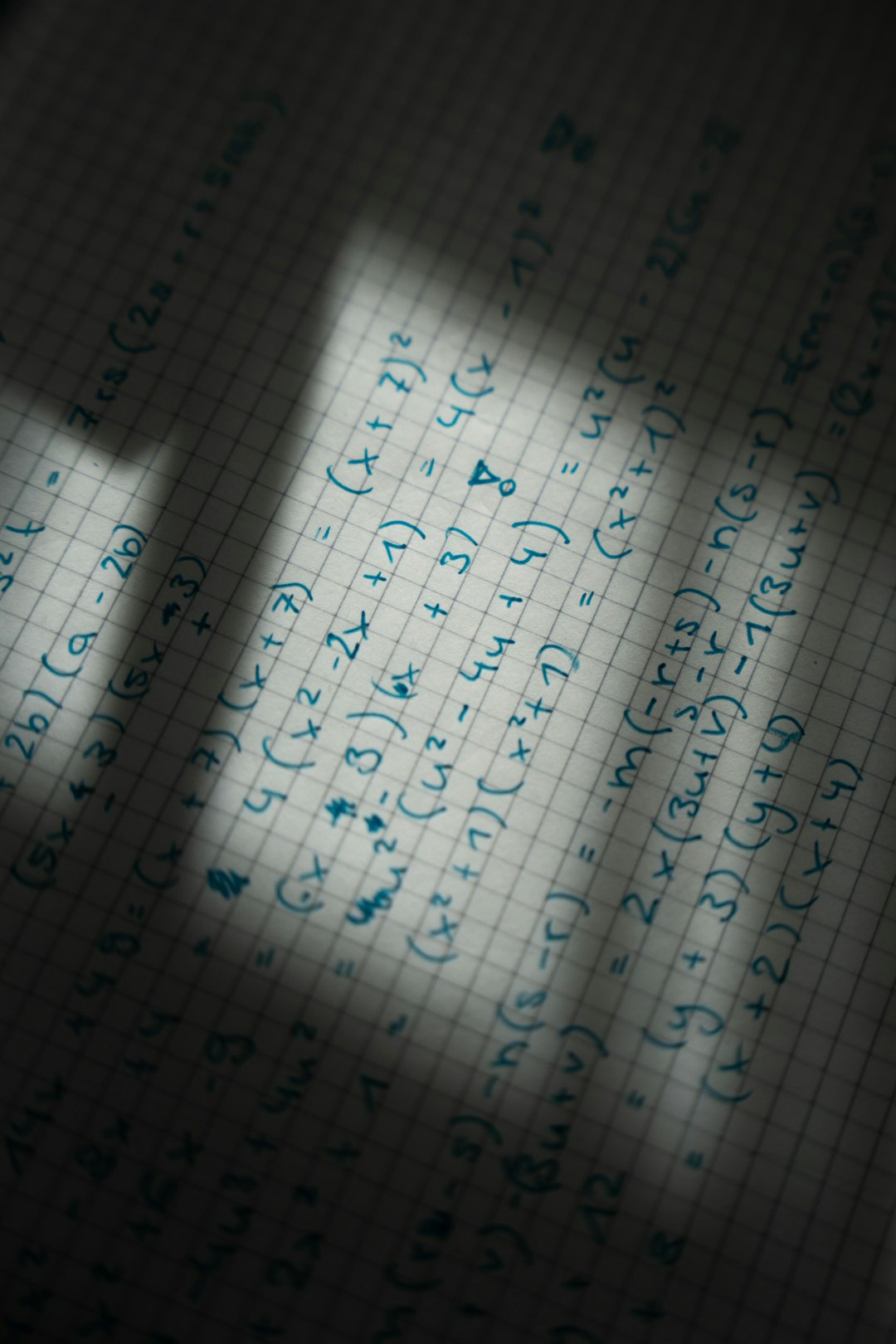Complete Guide to Using Lagrange Error Bound in Calculus
Approximating complex functions is a cornerstone of calculus, and Taylor polynomials offer a powerful method for doing just that. However, how do we know how accurate our approximation is? That’s where the Lagrange Error Bound comes in. This mathematical tool allows us to estimate the maximum possible error when using a Taylor polynomial to approximate a function. Whether you’re just starting calculus or reviewing for a major exam, understanding this error bound can help you make more accurate predictions and avoid critical mistakes.
What Is the Lagrange Error Bound?
Table of Contents
The Lagrange Error Bound gives us a way to quantify the difference between the actual value of a function and the value given by a Taylor polynomial of degree n. It’s named after Joseph-Louis Lagrange and applies to functions that are n+1 times differentiable over an interval.
The error is expressed using the following formula:
|Rn(x)| = |f(x) - Pn(x)| ≤ (M * |x - a|n+1) / (n+1)!
Where:
- Rn(x) is the remainder or error term.
- f(x) is the actual function value.
- Pn(x) is the Taylor polynomial of degree n.
- a is the center of the polynomial.
- M is the maximum value of |f(n+1)(c)| for some c in the interval between a and x.
Why Is the Lagrange Error Bound Useful?
This error bound plays a vital role in both practical and theoretical calculus:
- Evaluating accuracy: It provides the maximum possible error, guiding decisions in scientific and engineering applications.
- Choosing polynomial degree: It aids in selecting the degree of the polynomial needed for a desired level of precision.
- Understanding convergence: It helps determine how quickly a Taylor series approaches the actual function.

Steps to Apply the Lagrange Error Bound
To use the Lagrange Error Bound effectively, follow these steps:
- Identify the function f and desired point x you are evaluating near a known value a.
- Choose an appropriate Taylor polynomial of degree n.
- Find the (n+1)th derivative of the function, f(n+1)(x).
- Determine M, the maximum of |f(n+1)(c)| where c is between a and x.
- Substitute your values into the error bound formula.
Once you have the result, you’ll know the maximum deviation between the function and your polynomial.
Illustrative Example
Let’s approximate ex near a = 0 using a second-degree Taylor polynomial and apply the Lagrange Error Bound when x = 0.1.
Taylor Polynomial:
P2(x) = 1 + x + x2/2
Third Derivative of ex is still ex, so we find the maximum of ec between 0 and 0.1, which occurs at c = 0.1.
Thus, M = e0.1 ≈ 1.1052
Now apply the formula:
|R2(0.1)| ≤ (1.1052 * (0.1)3) / 3! = 0.0001842
This shows the error in our approximation is less than 0.0002 – a tiny error indicating high accuracy.

Tips and Tricks for Mastery
- Sketch the graph: Visualizing the function can help identify where maxima occur in the derivative.
- Use inequalities: If you can’t calculate M exactly, use an upper bound to stay safe.
- Leverage symmetry: For even or odd functions, prediction becomes easier if you understand their behavior.
Conclusion
The Lagrange Error Bound is more than just a formula—it’s a gateway to precision in calculus. As long as you can identify your function’s derivatives and estimate a maximum, you’re equipped to control your error when approximating functions with Taylor polynomials. Mastering this concept adds a powerful tool to your calculus toolkit and deepens your understanding of function behavior near a point. So next time you’re approximating a value, don’t just trust the result—prove it with the Lagrange Error Bound.







